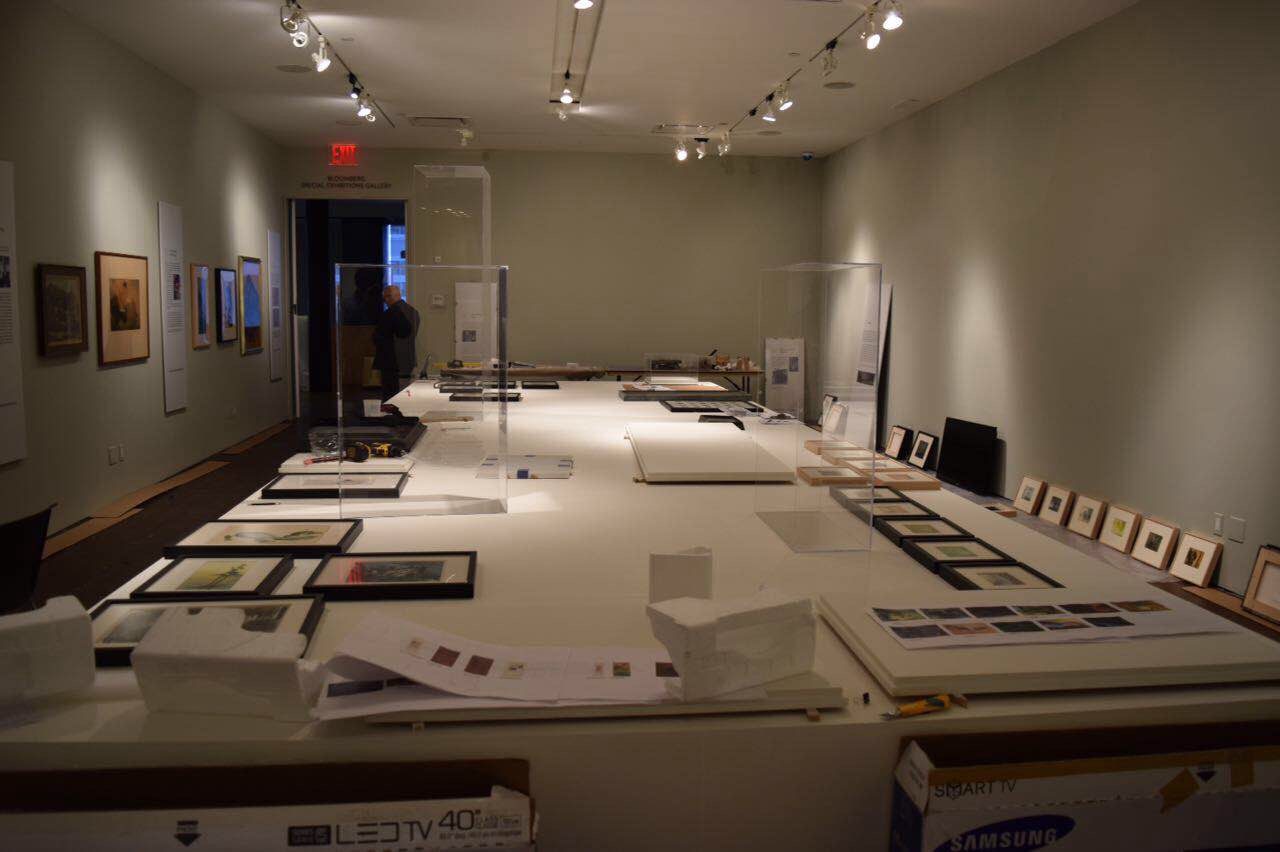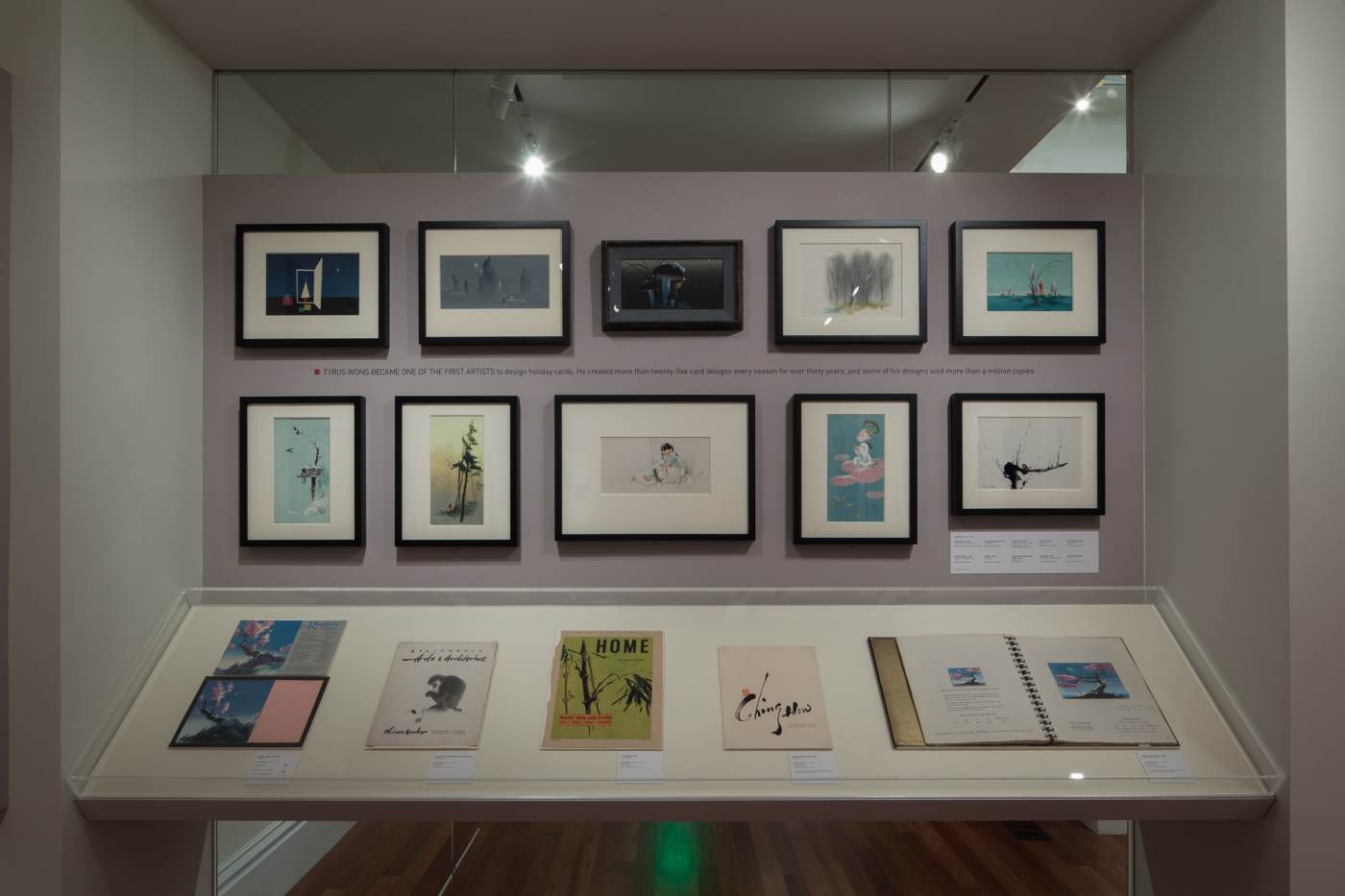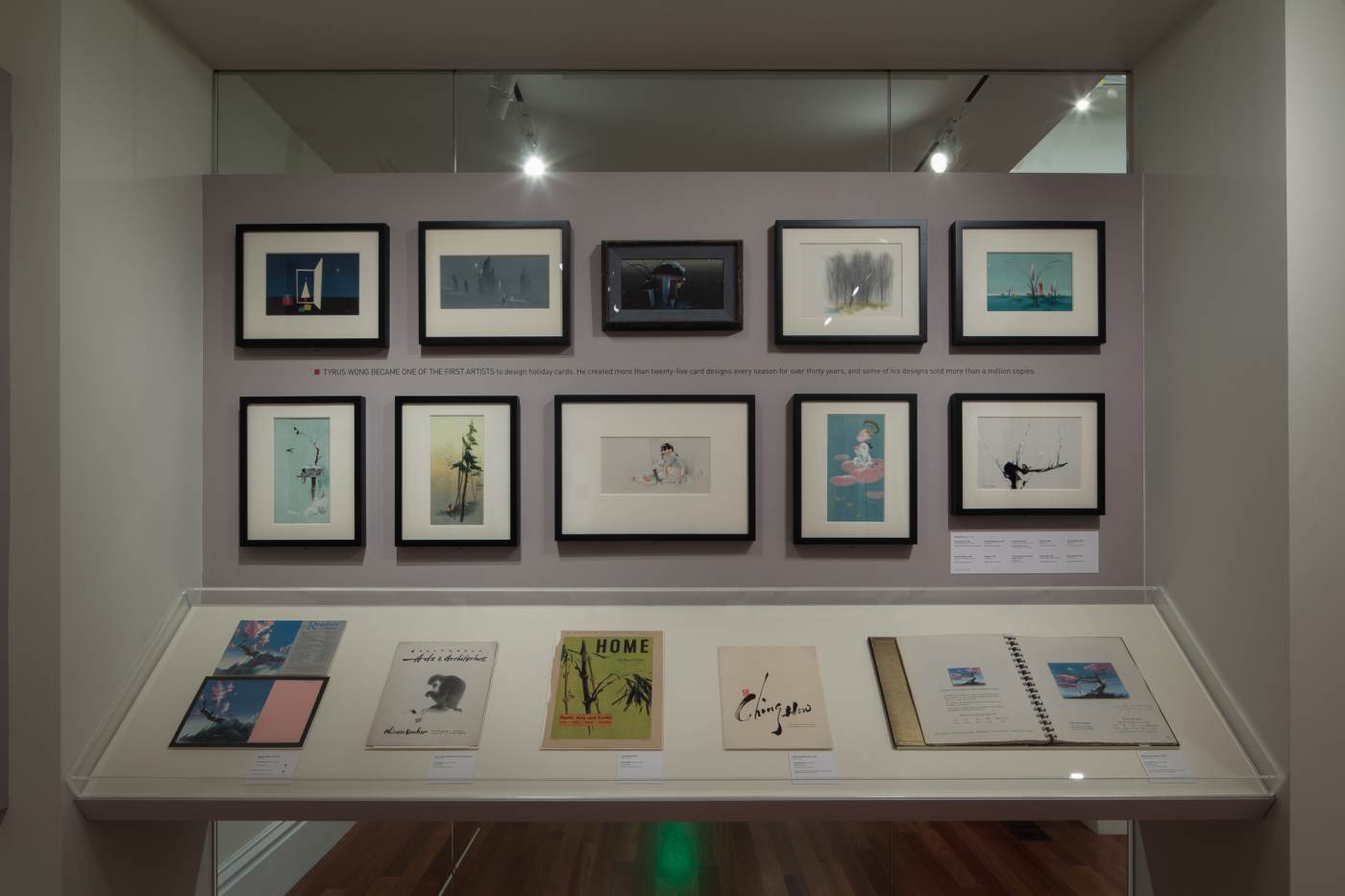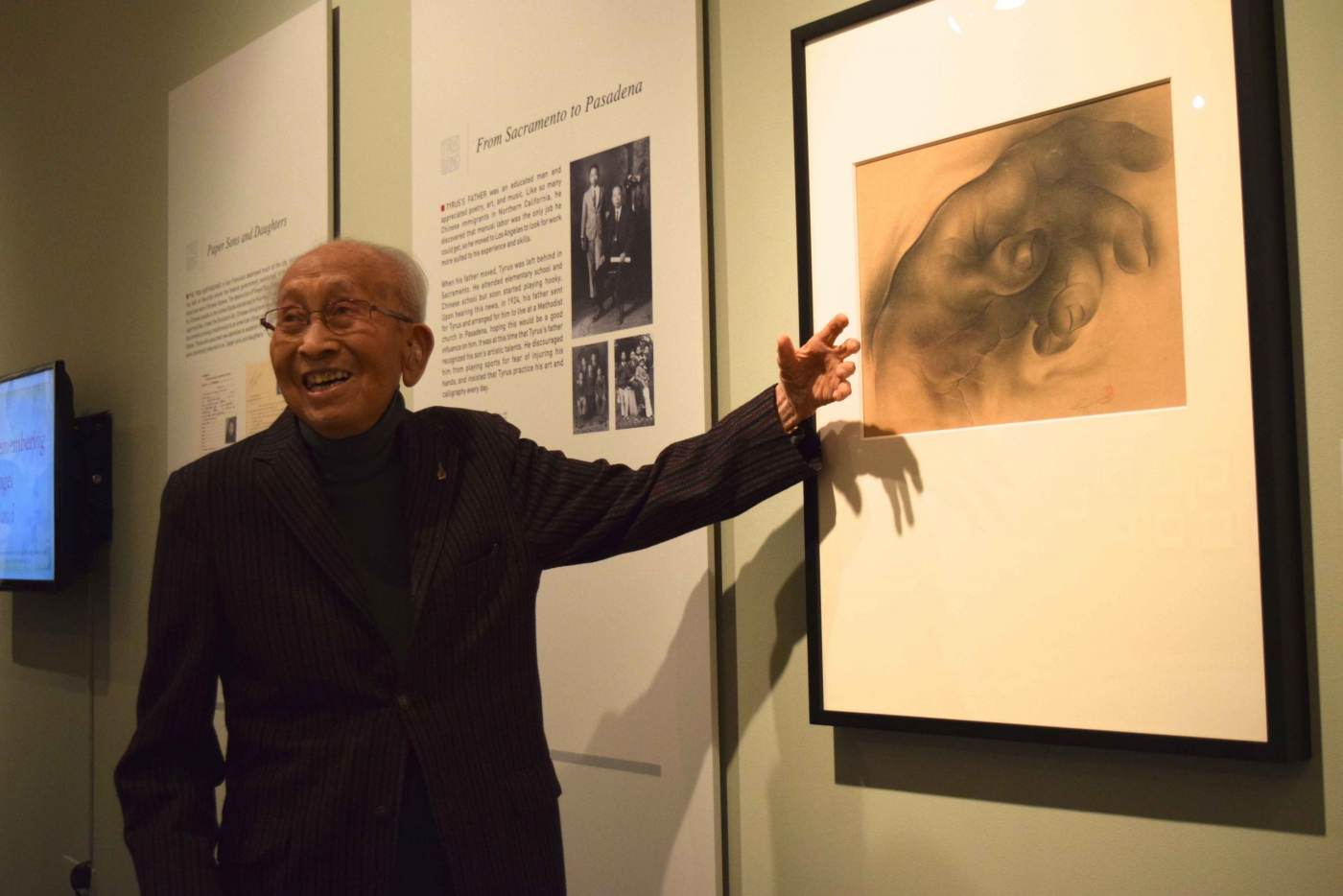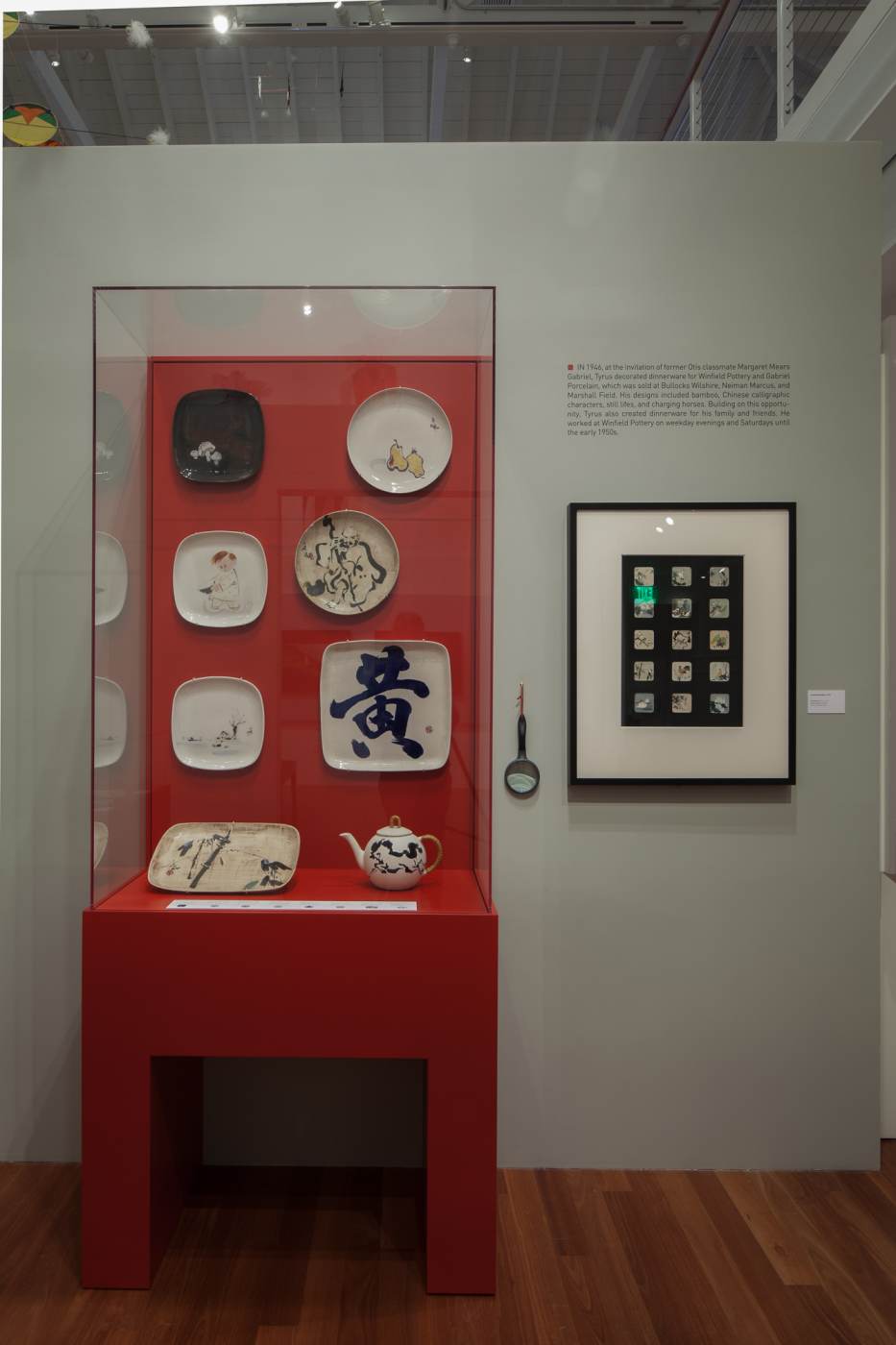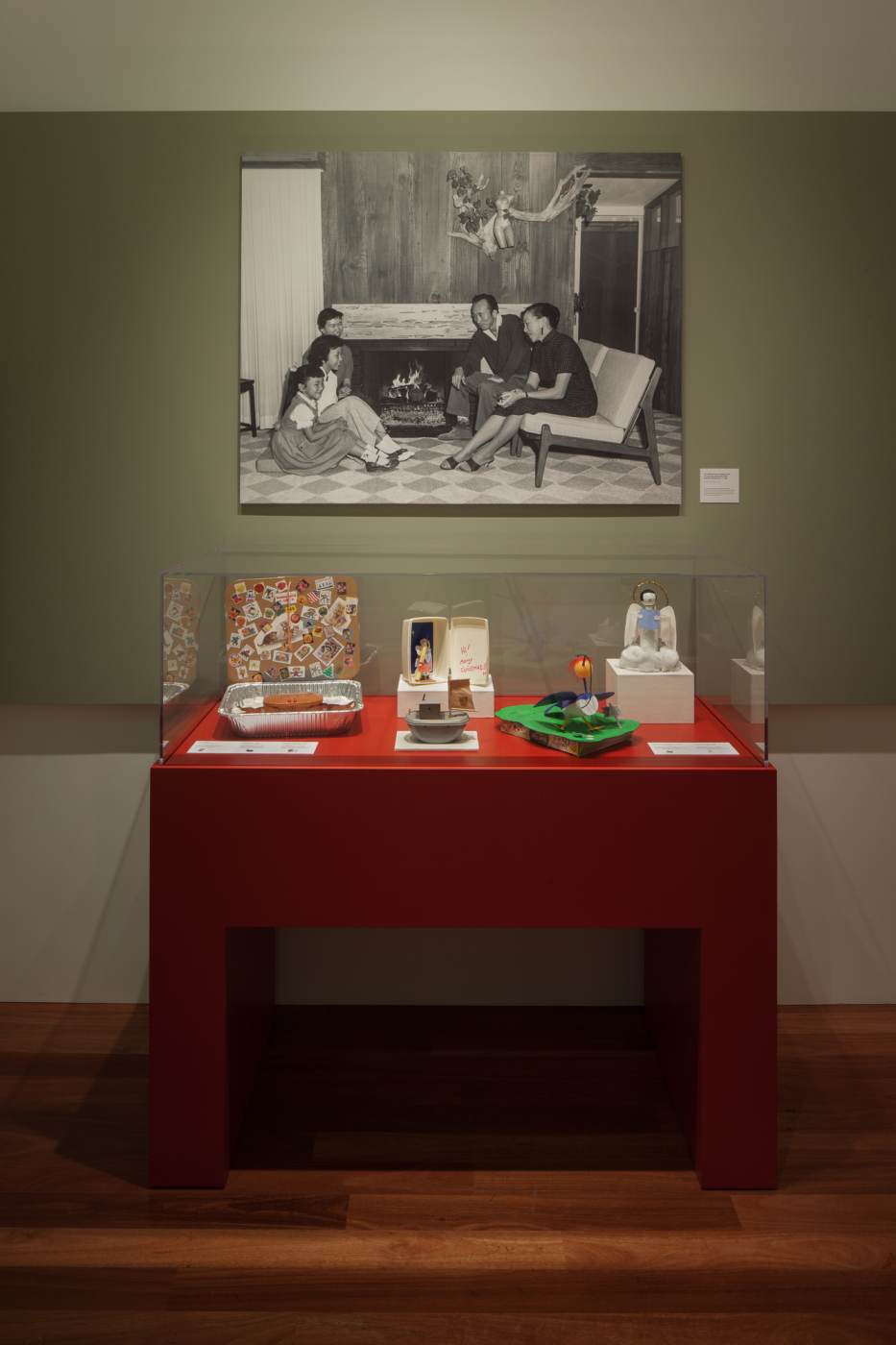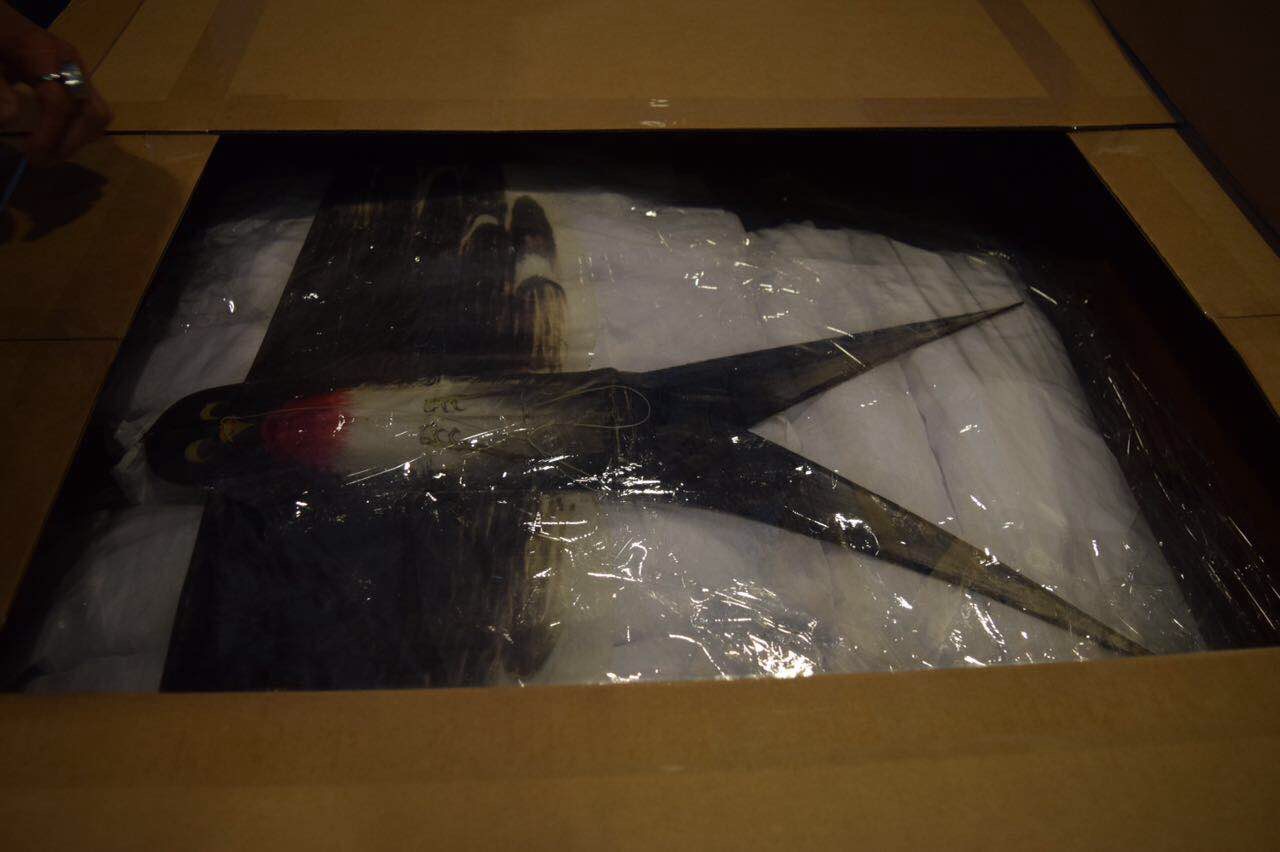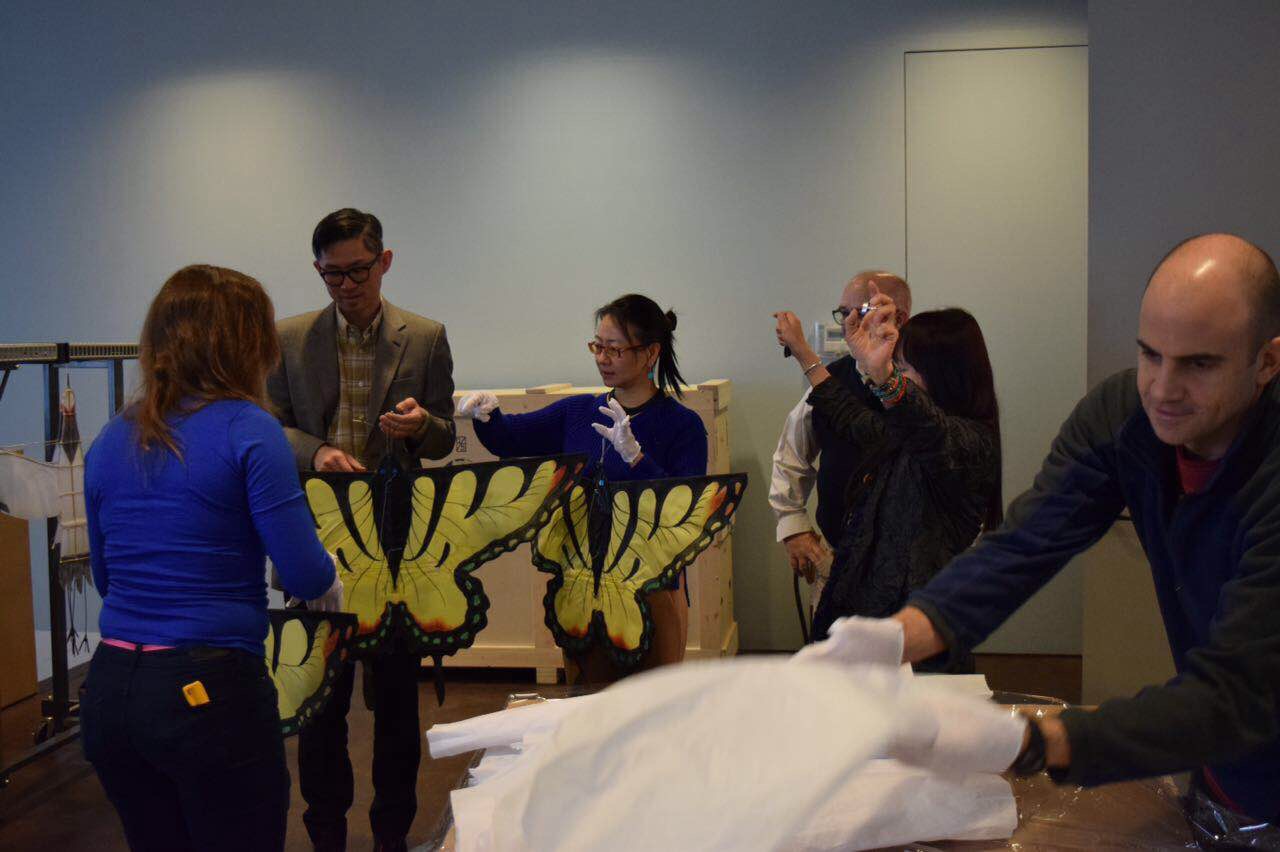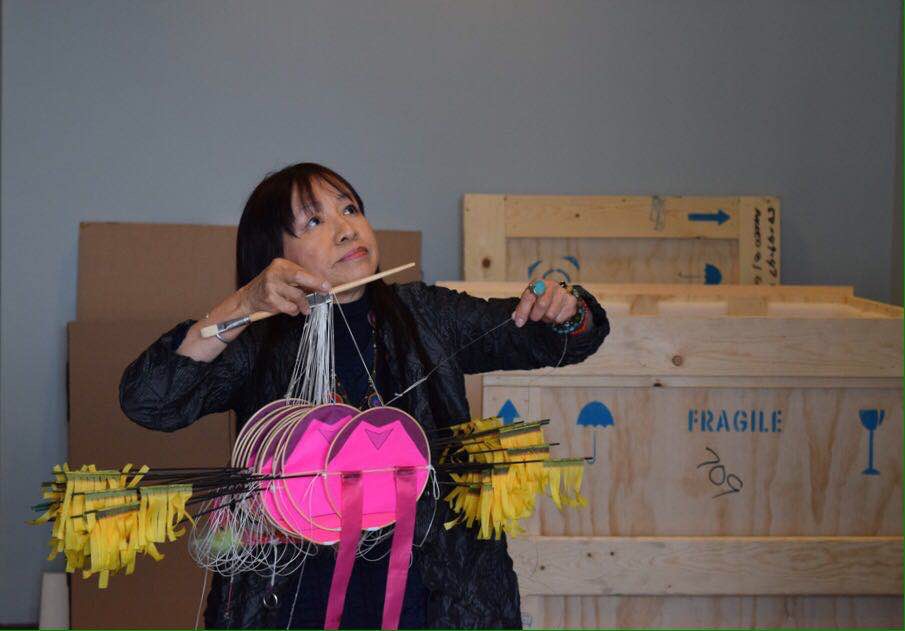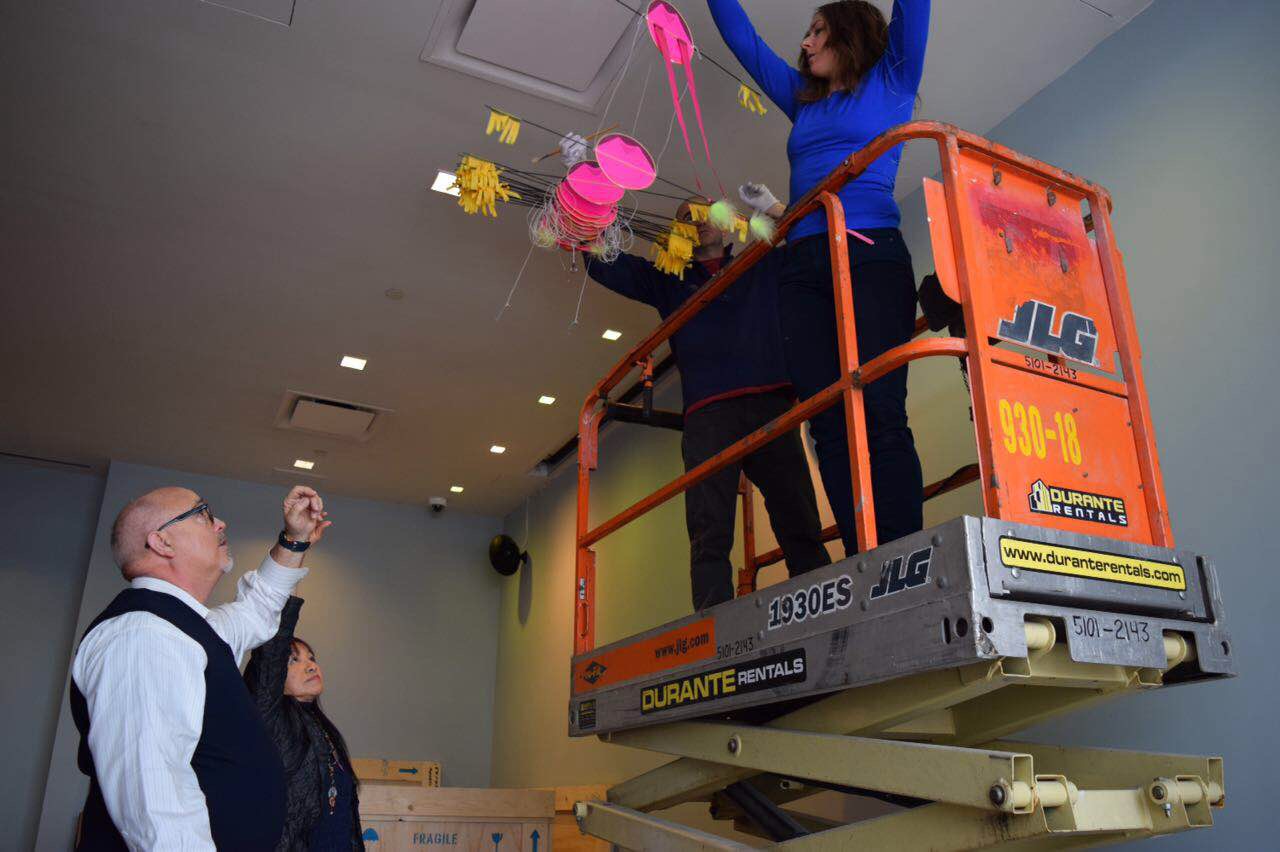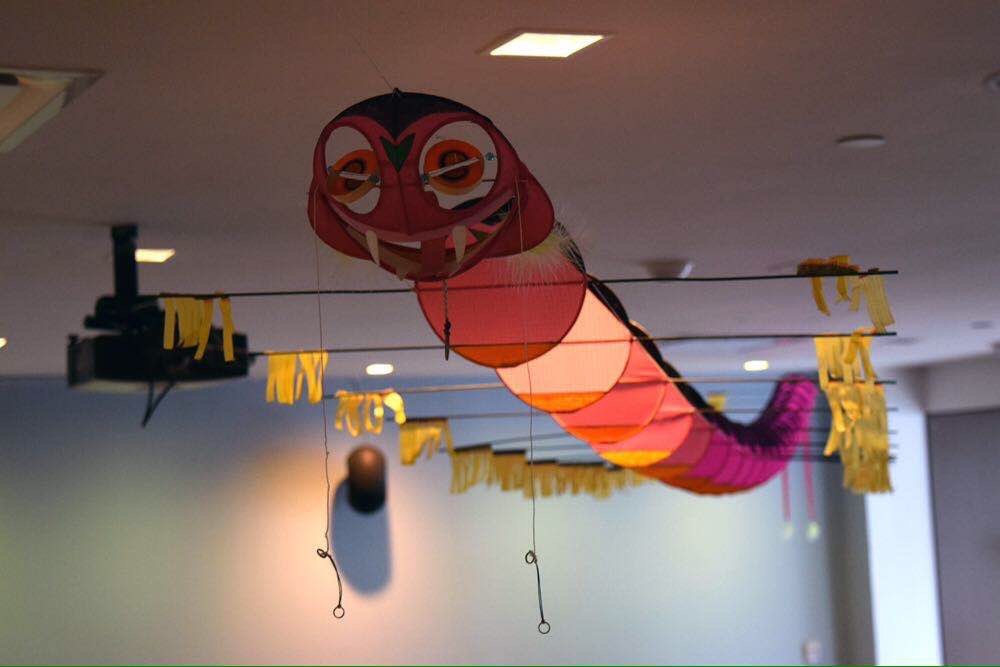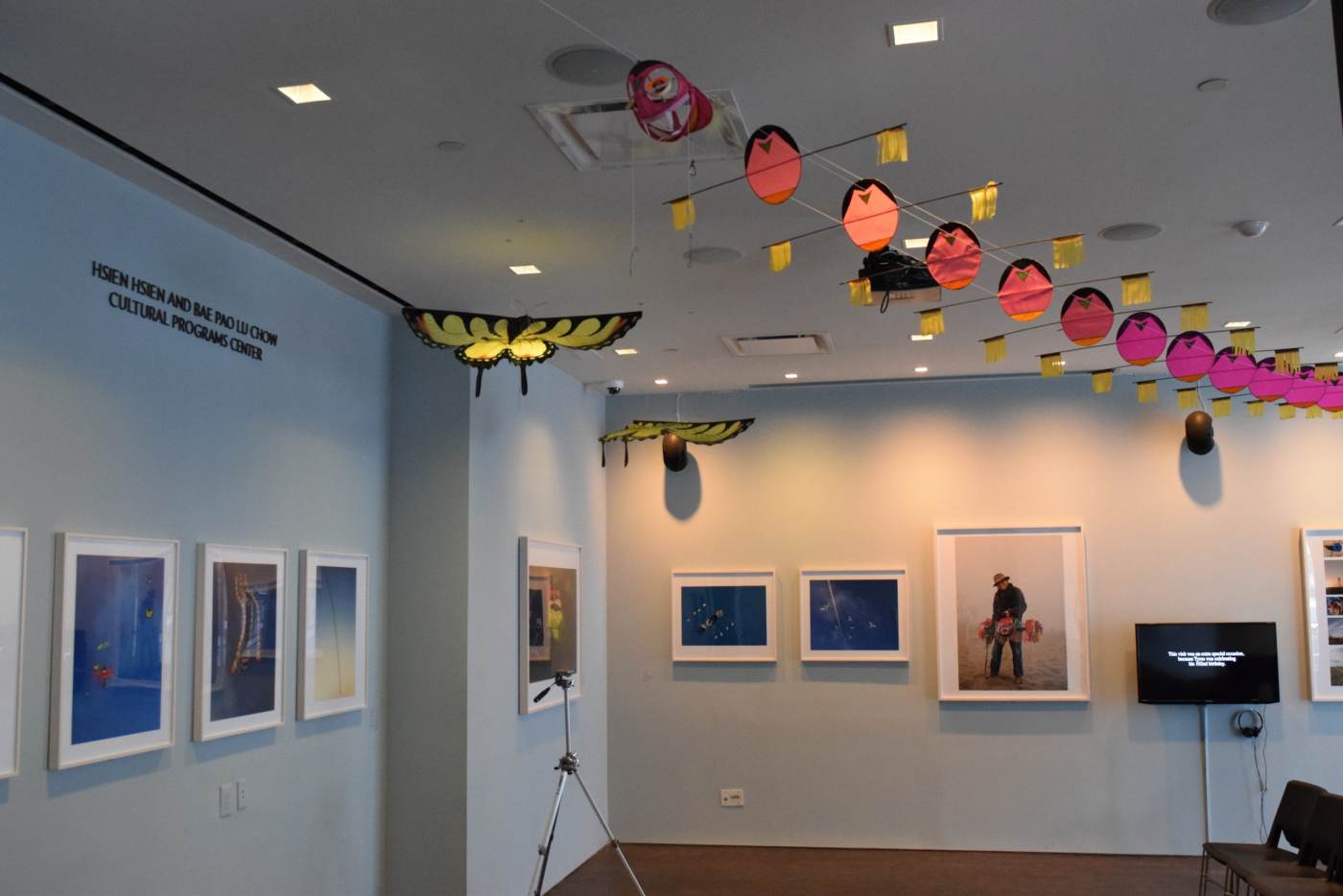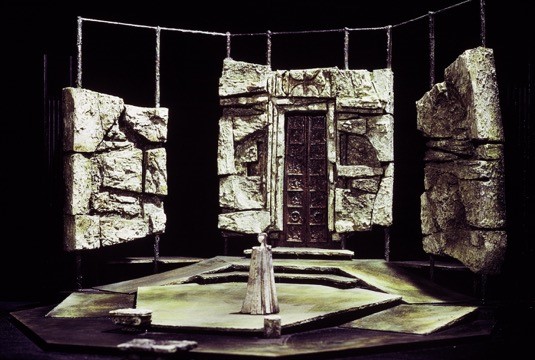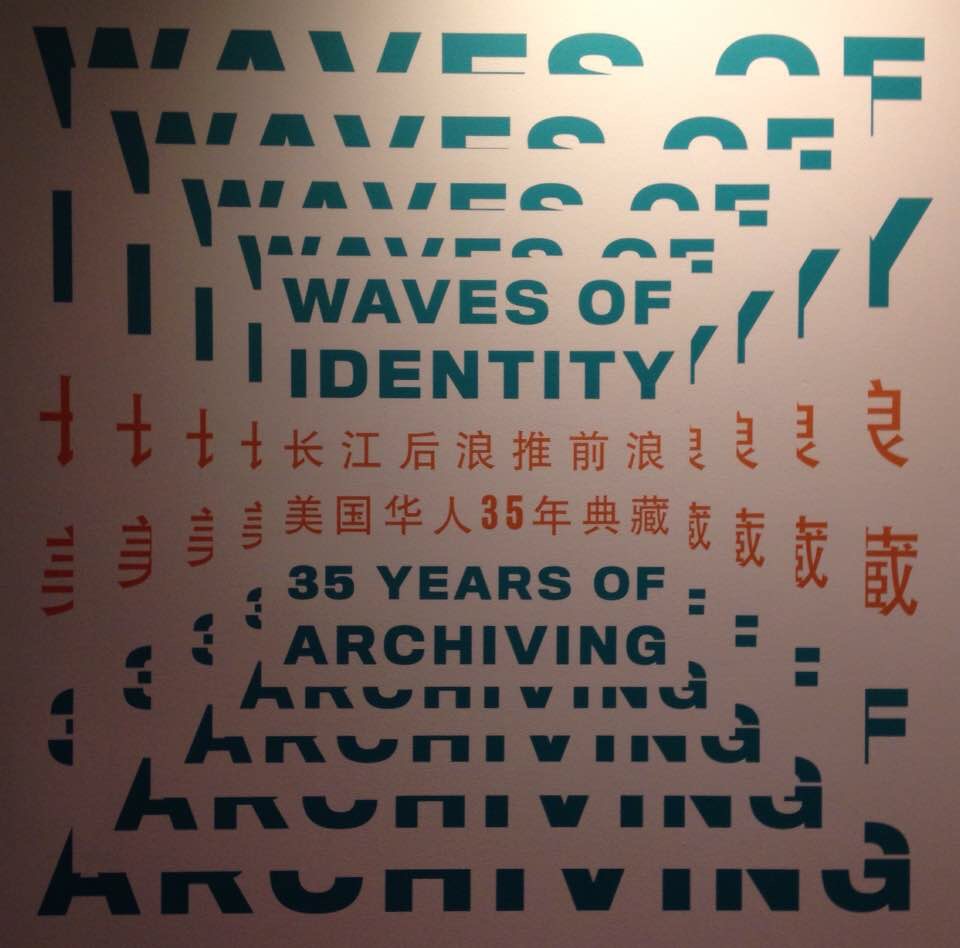Water to Paper, Paint to Sky: The Art of Tyrus Wong, organized by the Walt Disney Family Museum, was exhibited at MOCA in 2015. The retrospective surveyed the 20th-century artist’s extensive body of work. Wong began his artistic career in 1930s California as a Depression-era muralist, watercolorist, and later film production illustrator. His work ranges from painting, ceramics, works on paper, and kite creations. Wong’s vision and impressionistic style, with Eastern influences, paved the way for the animation of Bambi (1942). His work continued with several Warner Bros. films. As his works conjured stunning environments, he was named a Disney Legend in 2001. This exhibition served to highlight Wong’s great artistic achievements and brought attention to his legacy as a Chinese in America.
Collections馆藏Collections馆藏Collections馆藏Collections馆藏Collections馆藏Collections馆藏Collections馆藏Collections馆藏Collections馆藏Collections馆藏Collections馆藏Collections馆藏Collections馆藏Collections馆藏Collections馆藏Collections馆藏Collections馆藏Collections馆藏Collections馆藏Collections馆藏Collections馆藏Collections馆藏Collections馆藏Collections馆藏Collections馆藏Collections馆藏Collections馆藏Collections馆藏Collections馆藏Collections馆藏Collections馆藏Collections馆藏Collections馆藏Collections馆藏Collections馆藏Collections馆藏Collections馆藏Collections馆藏Collections馆藏Collections馆藏Collections馆藏Collections馆藏Collections馆藏Collections馆藏Collections馆藏Collections馆藏Collections馆藏Collections馆藏Collections馆藏Collections馆藏Collections馆藏Collections馆藏Collections馆藏Collections馆藏Collections馆藏Collections馆藏Collections馆藏Collections馆藏Collections馆藏Collections馆藏Collections馆藏Collections馆藏Collections馆藏Collections馆藏
Water to Paper, Paint to Sky: The Art of Tyrus Wong, 2015

